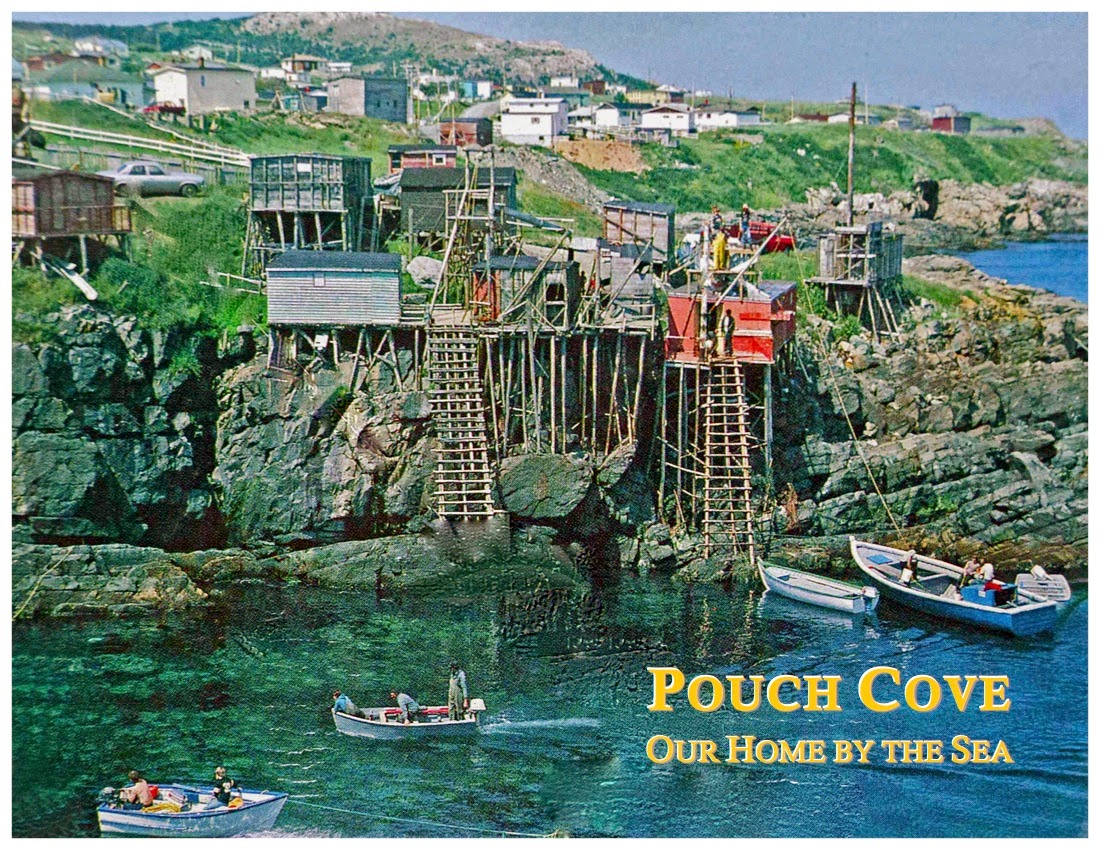- Supervising the museum and providing guided tours
- Collecting and cataloging historical information
- Other associated duties
Experience and Qualifications: - Must have experience dealing with customer relations
- Collecting and cataloging historical information
- Other associated duties
Experience and Qualifications: - Must have experience dealing with customer relations
- Must be competent in Microsoft Word and Excel
- Must have an interest in history and be enthusiastic
The Logy Bay-Middle Cove-Outer Cove Heritage Committee was formed in October 1995, with the goal of preserving and promoting our Town's rich history through the establishment of a museum. The Museum is divided into five themes representing different aspects of its heritage:
Fishery - a collection of local photos, fishing net displays, and various fishing and sealing artifacts.
Agriculture - photos, tools and items representing early farming activity.
Sports - highlights, through photos and artifacts, its strong rowing heritage from the famous Outer Cove crew that rowed the time of 9:13 in 1901 to present day rowers.
Lifestyles - re-creation of a traditional kitchen containing artifacts from everyday life. Also includes artifacts and pictures reflecting the importance of the church and religion in daily life.
Military - a tribute to those of the community who served in any armed conflict.
The Museum also contains an archive of information regarding history of the community that is available to the public upon request.
Send Resumes to aprilkenny@lbmcoc.ca
Application deadline May 28, 2014
- Must have an interest in history and be enthusiastic
The Logy Bay-Middle Cove-Outer Cove Heritage Committee was formed in October 1995, with the goal of preserving and promoting our Town's rich history through the establishment of a museum. The Museum is divided into five themes representing different aspects of its heritage:
Fishery - a collection of local photos, fishing net displays, and various fishing and sealing artifacts.
Agriculture - photos, tools and items representing early farming activity.
Sports - highlights, through photos and artifacts, its strong rowing heritage from the famous Outer Cove crew that rowed the time of 9:13 in 1901 to present day rowers.
Lifestyles - re-creation of a traditional kitchen containing artifacts from everyday life. Also includes artifacts and pictures reflecting the importance of the church and religion in daily life.
Military - a tribute to those of the community who served in any armed conflict.
The Museum also contains an archive of information regarding history of the community that is available to the public upon request.
Send Resumes to aprilkenny@lbmcoc.ca
Application deadline May 28, 2014






.jpg)










.jpg)




















